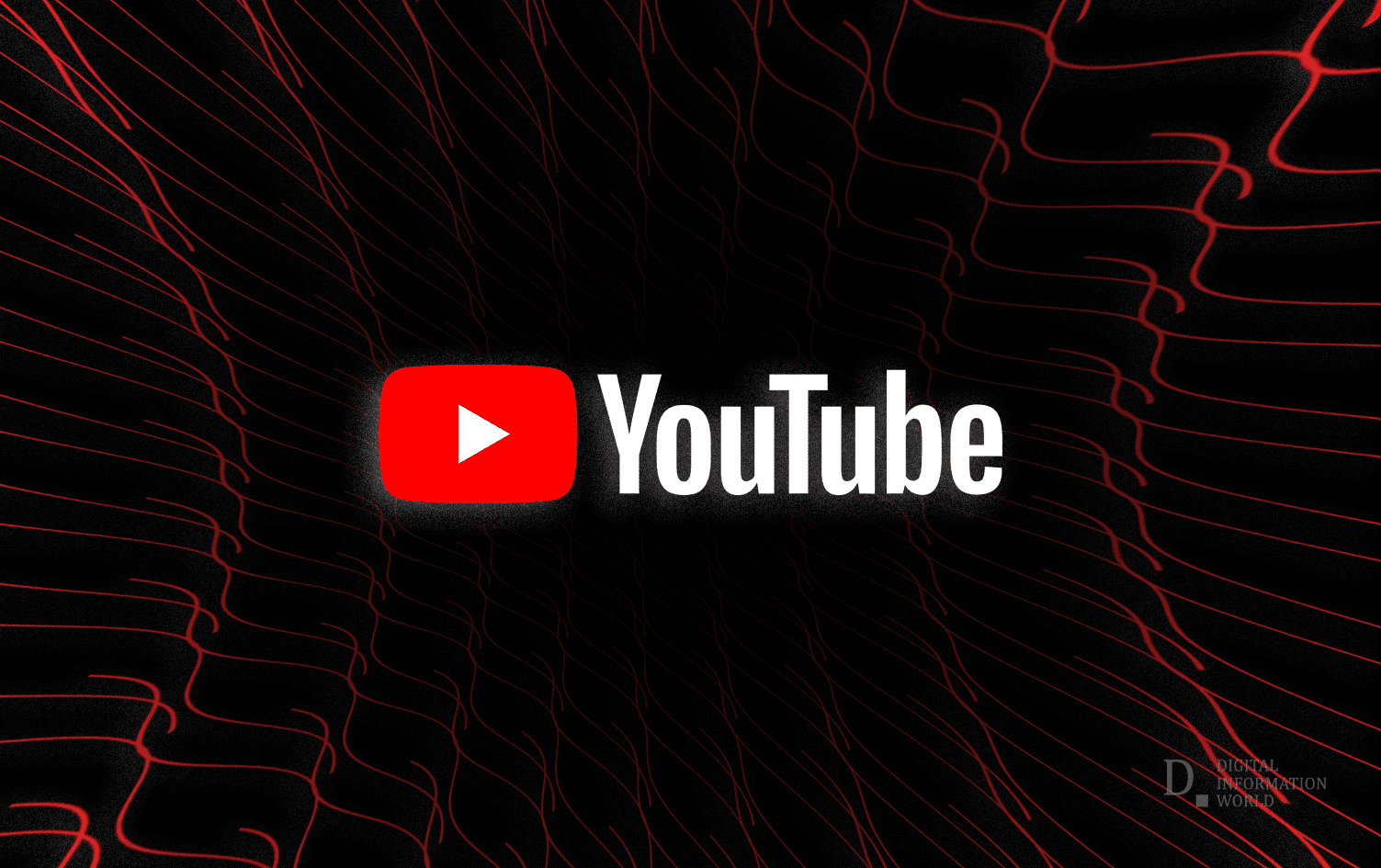YouTube is refocusing its Trusted Flagger program, moving towards exclusively working with select NGOs and government-sponsored agencies in order to flag inappropriate content on the platform.
The Trusted Flagger program may sound like YouTube’s own personal thought police, but perhaps the comparison’s a tad bit too extreme for its circumstances. Trusted Flagger is essentially YouTube gathering a bunch of voluntary individuals and giving them select powers in order to report potentially harmful content. The problem, of course, arises in what YouTube or the flaggers themselves deem to be “harmful content”. Reagan cleared out half of Hollywood with his own personal flagging on the most minor of infarctions; why shouldn’t it be considered that YouTube could go down such a path? Well, the answer is simple: we don’t. YouTube makes all flaggers sign NDAs before they join aboard, therefore limiting the amount of insider knowledge accessible.
However, we have a few key factors to consider. The first is that despite such a force going around flagging content, YouTube’s still a relatively open space where individuals can discuss their thoughts. Sure, every other gun nut complains about how the platform restricts free speech, but hey: you can get away with whatever conservative or liberal rhetoric you have: just remember that the community itself can judge you for it anyways, and that if you’re something of a Sandy Hook denier, then only flagging can help you. Another factor is that YouTube explicitly has these NGOs and government organizations study up on community guidelines before joining; this doesn’t necessarily correlate to better performance, but it must help, right? Ultimately, we’re at square one: there’s no way of being sure, but there are some measures in line.
YouTube used to allow a much wider pool of individuals and NGOs to sign up, after which it probably realized that such a position is rather easy and enjoyable to exploit. Now, the platform only allows organizations to join, since the actions of an individual can be much more easily identified and held accountable for. Much more significant is the fact that many individual users were also growing disillusioned with the program, stating that feedback from the platform and team meetings essentially stopped happening after a while. YouTube apparently decided to not take these new recruits into the program with full swing.
H/T: TubeFilter.
Read next: Along with removing the numbers of dislikes YouTube tests hiding the like counter as well
The Trusted Flagger program may sound like YouTube’s own personal thought police, but perhaps the comparison’s a tad bit too extreme for its circumstances. Trusted Flagger is essentially YouTube gathering a bunch of voluntary individuals and giving them select powers in order to report potentially harmful content. The problem, of course, arises in what YouTube or the flaggers themselves deem to be “harmful content”. Reagan cleared out half of Hollywood with his own personal flagging on the most minor of infarctions; why shouldn’t it be considered that YouTube could go down such a path? Well, the answer is simple: we don’t. YouTube makes all flaggers sign NDAs before they join aboard, therefore limiting the amount of insider knowledge accessible.
However, we have a few key factors to consider. The first is that despite such a force going around flagging content, YouTube’s still a relatively open space where individuals can discuss their thoughts. Sure, every other gun nut complains about how the platform restricts free speech, but hey: you can get away with whatever conservative or liberal rhetoric you have: just remember that the community itself can judge you for it anyways, and that if you’re something of a Sandy Hook denier, then only flagging can help you. Another factor is that YouTube explicitly has these NGOs and government organizations study up on community guidelines before joining; this doesn’t necessarily correlate to better performance, but it must help, right? Ultimately, we’re at square one: there’s no way of being sure, but there are some measures in line.
YouTube used to allow a much wider pool of individuals and NGOs to sign up, after which it probably realized that such a position is rather easy and enjoyable to exploit. Now, the platform only allows organizations to join, since the actions of an individual can be much more easily identified and held accountable for. Much more significant is the fact that many individual users were also growing disillusioned with the program, stating that feedback from the platform and team meetings essentially stopped happening after a while. YouTube apparently decided to not take these new recruits into the program with full swing.
H/T: TubeFilter.
Read next: Along with removing the numbers of dislikes YouTube tests hiding the like counter as well

